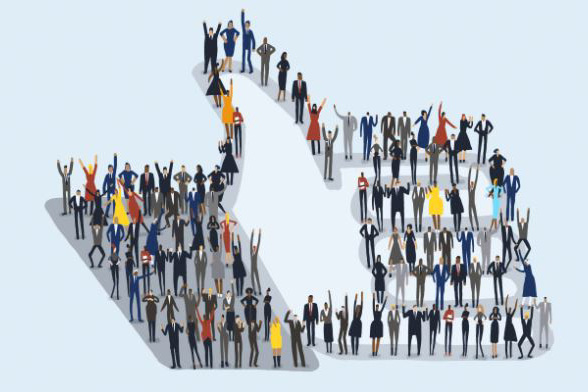
A growing number of organizations suddenly are into employee experience. So, what is it?
A growing number of organizations suddenly are into employee experience. They’re discarding the stiff, outdated term human resources and many have even replaced chief human resources officer with chief employee experience officer.
So, what is employee experience? Is it a fad? The new buzzword? A fresh approach to competing in today’s war for talent? Or a fancy way to make engagement sound better to millennials?
Millennials are certainly a factor. They comprise 30 percent of the population and by 2025 will represent 75 percent of the global workforce. What they seek most from their jobs is meaningful work, flexibility and autonomy, and connection and mentoring.
This shift to EX, as we refer to employee experience, parallels the changing nature of work. With today’s technology, 45 percent of activities people are paid to do could be automated, and 60 percent of jobs could have 30 percent or more of their activities automated.
How people show up and interact with companies will differ fundamentally because employers are recognizing they must reimagine every aspect of work – from recruitment and job evaluations to collaboration, perks, and the workplace itself. For them, the war for talent will be won or lost based on EX.
McKinsey believes EX is essential for companies to compete effectively. It ranks among our top people initiatives and we’re dedicating significant resources to it. We’re not alone. EX even influences where companies locate their business, including a giant online retailer’s criteria for deciding where to situate its second headquarters. Its selection criteria included community, quality of life, cultural community fit and access to mass transit – all factors that help enhance EX.
We define EX as companies and their people working together to create personalized, authentic experiences that ignite passion and tap into purpose to strengthen individual, team, and company performance.
It requires a human-centric approach to grasp an employee’s needs and desires to create those moments that truly matter in their day, year, and career. We borrow from great customer experience to consider how these moments provide unexpected delight to inspire employee loyalty and retention.
Consider a story that a healthcare client recently related about a family member in a medical crisis being connected by colleagues and co-workers to a network of healthcare professionals, support systems, and exceptional products. That experience transformed that employee’s attitudes toward the company. Another company tackled barriers getting in the way of accomplishing work. It made a difference with employees spending more time on things that matter. Gone are the three-hour meetings late on a Friday afternoon that lead nowhere. Now that’s a good experience.
Imagine what companies can achieve if they create extraordinary moments – both big and small – for and with their employees each day.
